In Conversation With Nuclear Samurai
Known for rich visual storytelling and experimental use of AI tools, Nuclear Samurai has quickly become a distinct voice in the post-photographic space. With a background in photography and a deep love for narrative-driven art, he brings a unique perspective to the world of web3 creativity.
His latest collection, X FIGURES, is a playful and reverent tribute to XCOPY’s CC0 legacy—reimagining iconic works as collectible action figures through a meticulous process that blends sketching, generative tools, and hand-finished details. The result is a 404-piece body of work that’s as technically ambitious as it is emotionally resonant.
We caught up with Nuclear Samurai to talk about his artistic journey, how photography shaped his approach to AI, the power of remix culture, and what’s next as he continues building community through creativity.
Note: This transcript has been edited for length and clarity
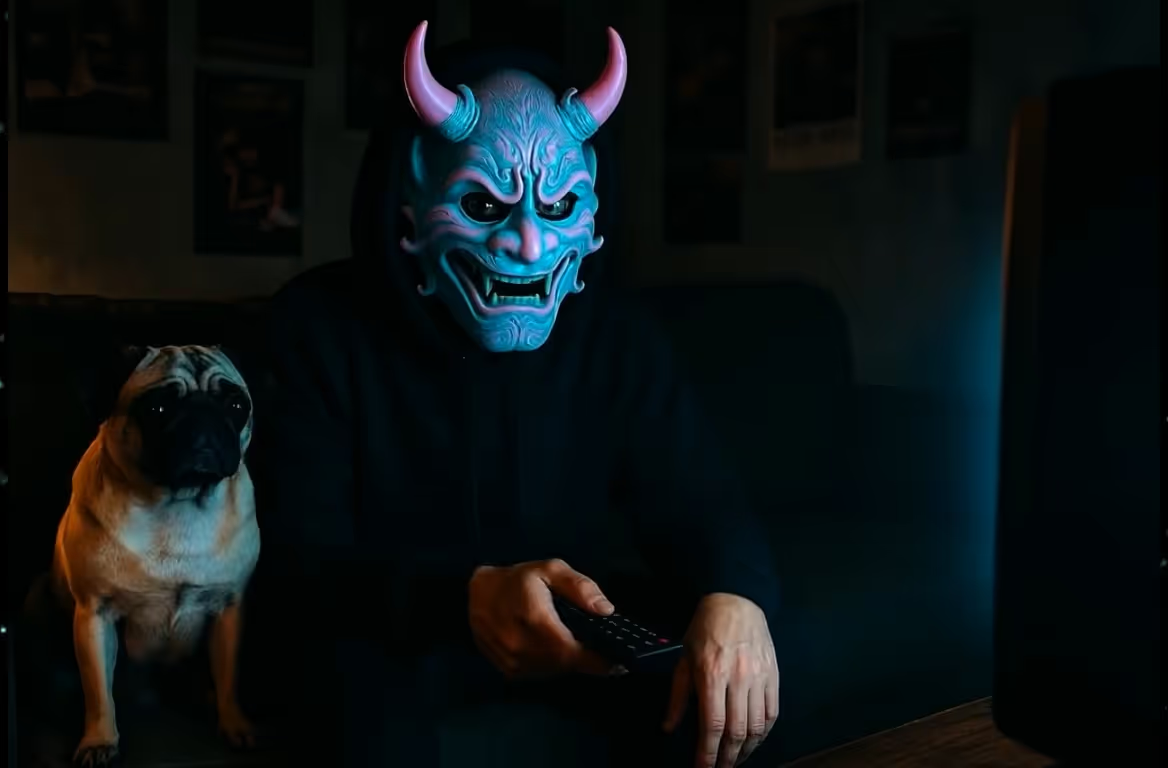
OpenSea: Let’s start at the beginning—what first sparked your passion for visual art, and how did your path evolve from traditional photography to AI-generated artwork?
Nuclear Samurai: I’ve been drawing since I was a kid—on everything. My family really encouraged it, even though I wasn’t necessarily great at it at the time. I just kept doing it. I also grew up in a very tech-savvy household in the '90s—we were kind of computer collectors—so I’ve always felt digitally native. I was using MS Paint and CorelDRAW from around seven years old, long before Photoshop.
Later, as a teen, I got into photoshop and graphic design, thanks to some encouragement from teachers. But I didn’t go straight to art school. It took me 10 years after high school to get there. In the meantime, I picked up a camera to help with painting references, which ended up spiraling into a 15-year career in photography.
Photography taught me everything about light, composition, and narrative, but I eventually hit the limits of what I could do on my own. After getting let go from a job I wasn’t great at, I had the opportunity to go to art school, and that was a huge shift for me—it reinvigorated my practice and gave me the technical and conceptual grounding I needed.
Then 2022 hit. It was a life-altering year—my father passed away, and my daughter was born. Those events gave me clarity about what I wanted: to be a full-time artist. That’s when I discovered AI art and blockchain. I’d seen OpenSea back in 2017 but never acted on it. In 2022, I finally minted my first pieces. Soon after I started minting work on Opensea, I was accepted to the Midjourney Beta and discovered AI. That sense of creative freedom AI unlocked for me—it was like suddenly I could make the surreal, expressionistic ideas in my head real without all the physical limitations of photography.

OpenSea: You spent nearly a decade working as a commercial photographer. How has that experience shaped the way you approach AI art today?
Nuclear Samurai: In so many ways. Photography sharpened my sense of storytelling, composition, and lighting. I also became really fluent in retouching, which helped when early AI tools needed a lot of polishing. Even now, I still treat my AI outputs like photographs—color grading them, composing them, giving them emotional weight. That foundation in photography gives me a unique lens through which I approach AI art, especially in my more narrative-driven or post-photographic work.
OpenSea: What drew you to AI art as a medium, and what did those first explorations look like?
Nuclear Samurai: When I first got into Midjourney in 2022, it felt like someone had just kicked open the door to a room I’d been trying to get into for years. I suddenly had this tool that let me bring my weirdest, most ambitious ideas to life. I didn’t make any sales for the first six or seven months, but I didn’t care—I was making the kind of work I’d always wanted to.
Of course, I also fell into some of the typical traps—joining shill spaces that led nowhere, wasting hours hoping someone would buy my work. But eventually, I found a space that wasn’t transactional, just a group of people hanging out and talking about art. That’s when things changed. I found real community, and that became the secret sauce. Once I stopped trying to sell and just focused on connecting, things opened up.
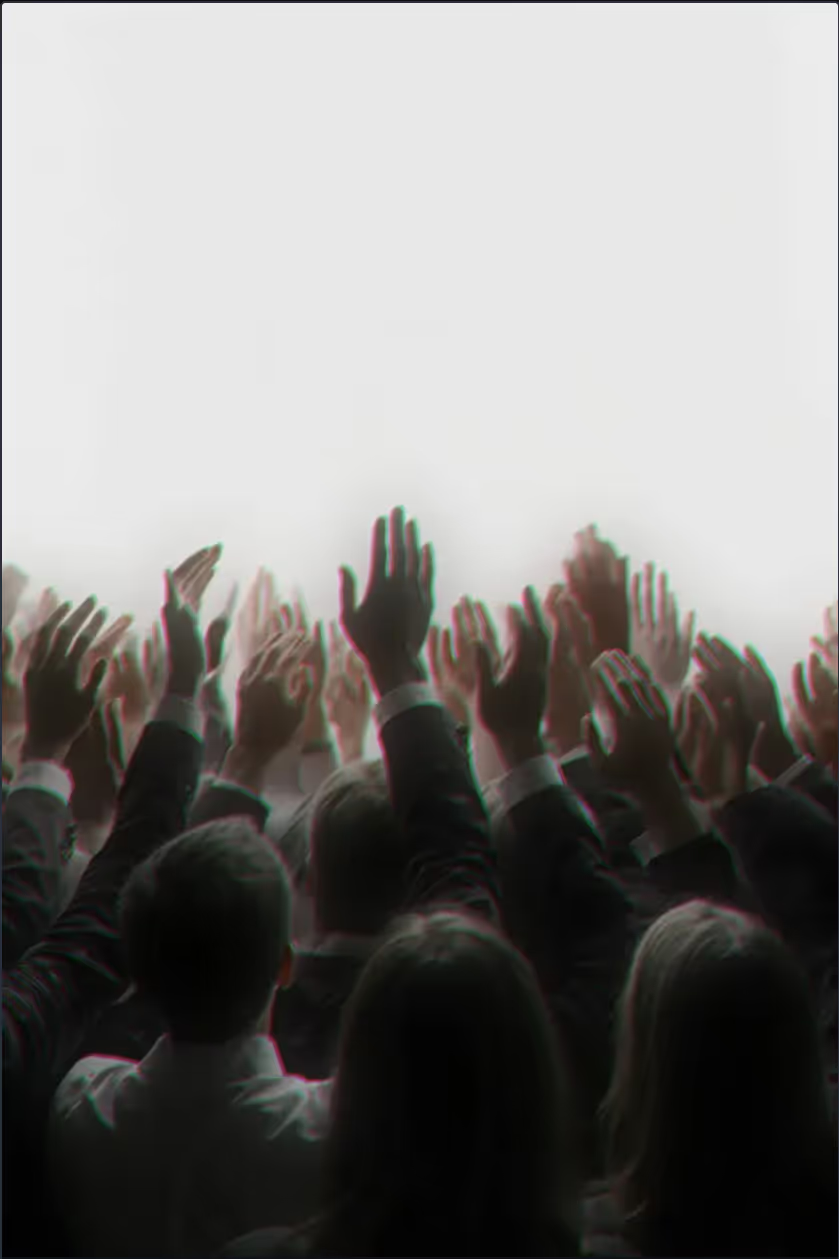
OpenSea: Your style is described as ‘post-photographic’ and rooted in narrative. Can you unpack what that means and how it shows up in your work?
Nuclear Samurai: Post-photographic art isn’t just about making photo-realistic images with AI—it’s about engaging with the nature of photography itself. Baptism, for instance, was a project that tried to emotionally manipulate the viewer through AI-generated documentary-style imagery of a fictional 1996 Manhattan flood. I intentionally designed the images to feel real, urgent, and heartbreaking, to make a point about how easy it is to manufacture “truth” now.
The title Baptism itself was symbolic—about crossing a threshold between a pre-AI and post-AI world, between fact and fabrication. So for me, post-photography is about that commentary. Not all AI art is post-photographic, but when it interrogates the image and what we believe about images, that’s when it qualifies.

OpenSea: Can you walk us through your typical creative process—from idea to final output?
Nuclear Samurai: My process often starts with sketching—literally with pen or on a tablet. I use that sketch as a blueprint, then feed it into image-to-image tools. That helps me push AI past its defaults, because AI models tend to normalize outputs unless you guide them.
From there, I iterate a ton. I use whatever tool suits the piece: Midjourney, ComfyUI, DALL·E, GPT-4 with vision, Luma, Ideogram, Runway. I often combine or retouch the results. With projects like X FIGURES, I was cycling through tools based on the specific look or emotion I wanted. It’s intuitive, but also grounded in structure—I’m building worlds, not just images.

OpenSea: Let’s talk about your latest collection on OpenSea, X FIGURES. What sparked the idea to turn XCOPY’s CC0 work into an action-figure universe?
Nuclear Samurai: It started as a joke, honestly. I made action figure mockups of my friends as a kind of roast—using early DALL·E and fixing the text in Photoshop. Then people started asking for figures of people I didn’t know. That led me to research artists in the space I hadn’t come across yet, which taught me a lot.
Eventually, I wanted to do one of XCOPY. But he’s so mysterious—I couldn’t find much about him, only his art. That forced me to look deeply at his catalog. At the same time, my daughter was into gacha machines, and it hit me: what if I turned XCOPY’s world into collectible gacha toys instead of boxed figures? That gave me the creative freedom I needed.
OpenSea: How did you technically approach X FIGURES?
Nuclear Samurai: Every figure started as a sketch. I’d analyze an XCOPY piece and sketch what I thought it would look like as a figure—how many arms, how many eyes, what accessories. Then I’d run it through different tools depending on the vibe I was going for. Some were done in ComfyUI with custom models, others in Krea or GPT-4 Vision.
Then I’d sometimes retouch or illustrate on top. The goal was to stay true to the spirit of XCOPY’s art, while injecting humor, absurdity, and my own aesthetic. It was never about recreating his work—it was about reacting to it.
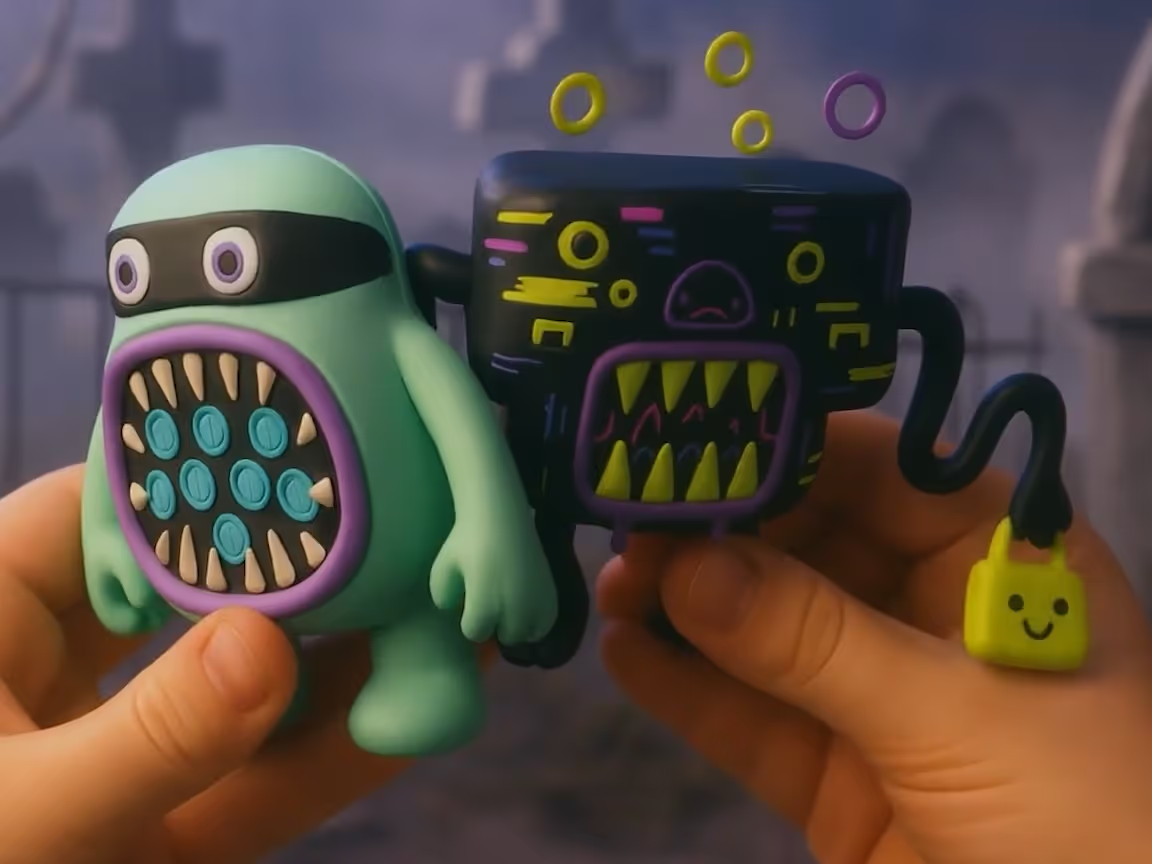
OpenSea: Collectors really responded to the nostalgic aesthetic. Was there any specific pop culture inspiration behind it?
Nuclear Samurai: Definitely. Gacha toys, Pokémon, 90s packaging—I wanted it to feel fun, tactile, and familiar. But I also deliberately broke from packaging conventions because they started to feel restrictive. That’s why most figures aren’t boxed. It gave me more freedom to experiment with form and silhouette.

OpenSea: This collection feels like a love letter to remix culture and CC0. How do you see the creative potential of open-source art in web3?
Nuclear Samurai: It’s everything. XCOPY making his work CCO empowered artists like me to riff on it in totally original ways. That spirit of open remixing—of making derivatives that are meaningful and playful—is one of the most exciting things about web3.
I’ve already seen people 3D-print X FIGURES on their own, and I encourage that. That’s the point. You don’t need my permission—it’s CCO. This whole project is more like a playbook or a tribute than a commercial product. It’s about fun, homage, and learning.

OpenSea: What’s next for you?
Nuclear Samurai: I’ve got a few things brewing. One is a website companion for X FIGURES where collectors can see the original XCOPY piece next to my interpretation. I want people to experience the connection between the two.
I’ve also launched a public alt identity—same me, new aesthetic, all on one wallet with a tighter narrative arc. It’s more accessible, more experimental. Under the name NUKE (aka Nukedoteth), so look out for that.
I’m also having early talks about physicals, though I don’t want to promise anything. Manufacturing is expensive and slow. It may not even happen at all. But if people want to make their own—go for it. That’s the beauty of CCO.
OpenSea: Any advice for artists exploring AI or entering NFTs?
Nuclear Samurai: Make what excites you. Show your work. Don’t worry if it doesn’t sell right away—mine didn’t either. Focus on building genuine connections, not just sales. And remember: even the most successful artists had to take their time. Look at XCOPY. His path was long, but he never stopped. That’s the lesson.
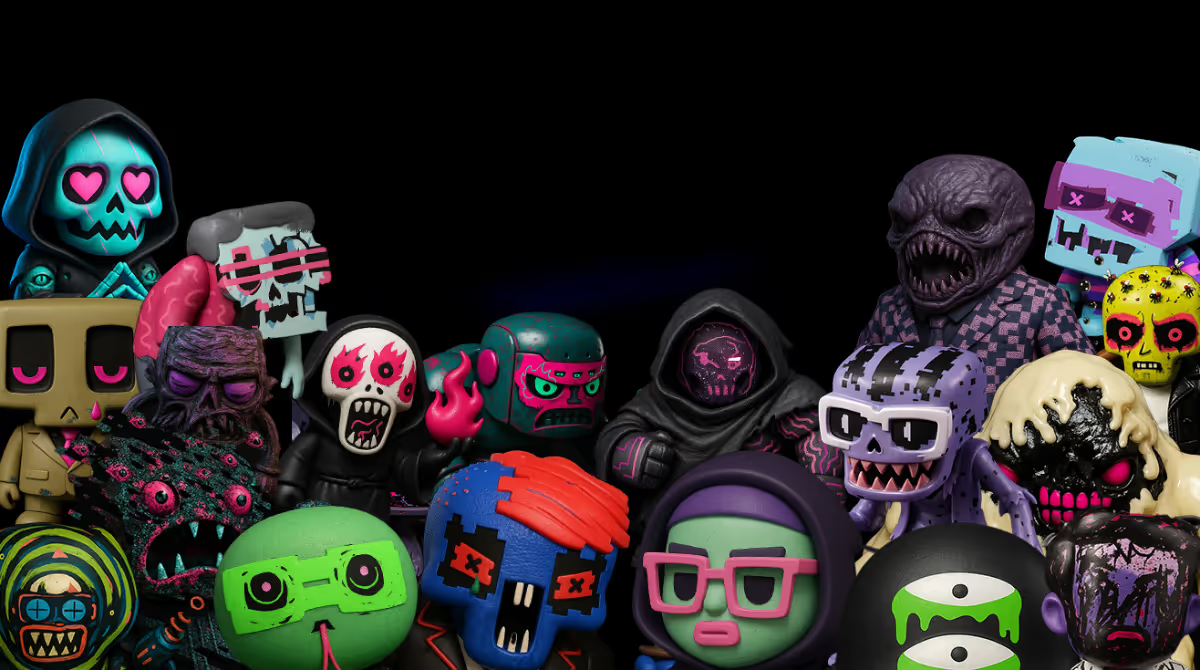



.avif)
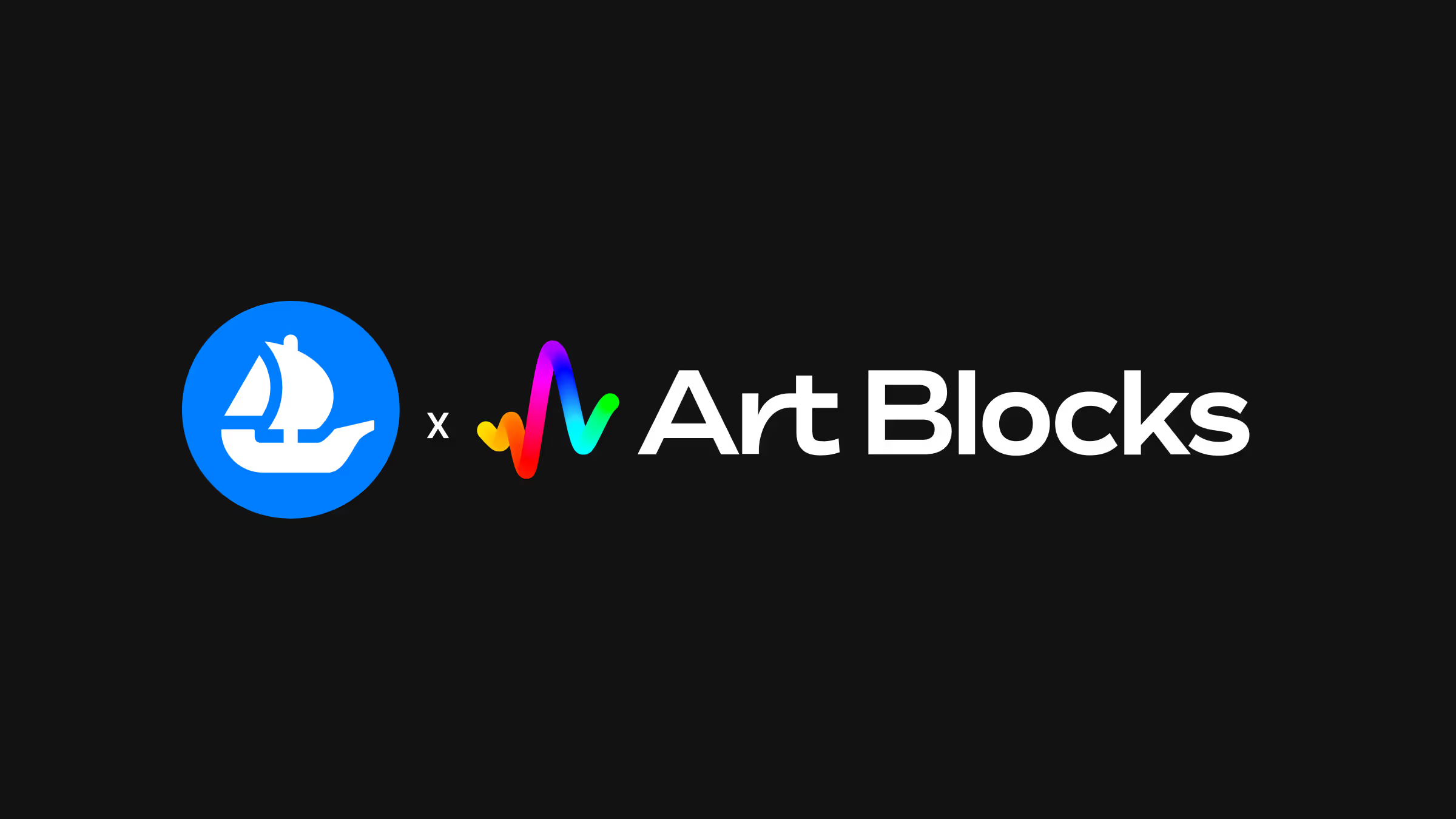

.png)
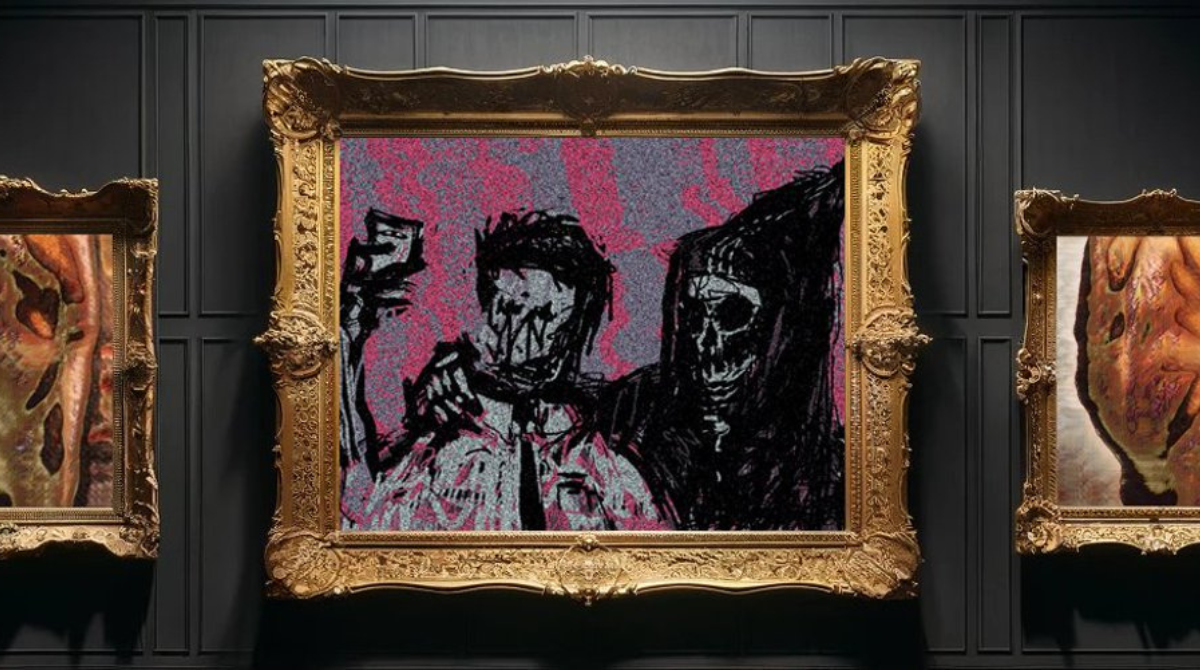
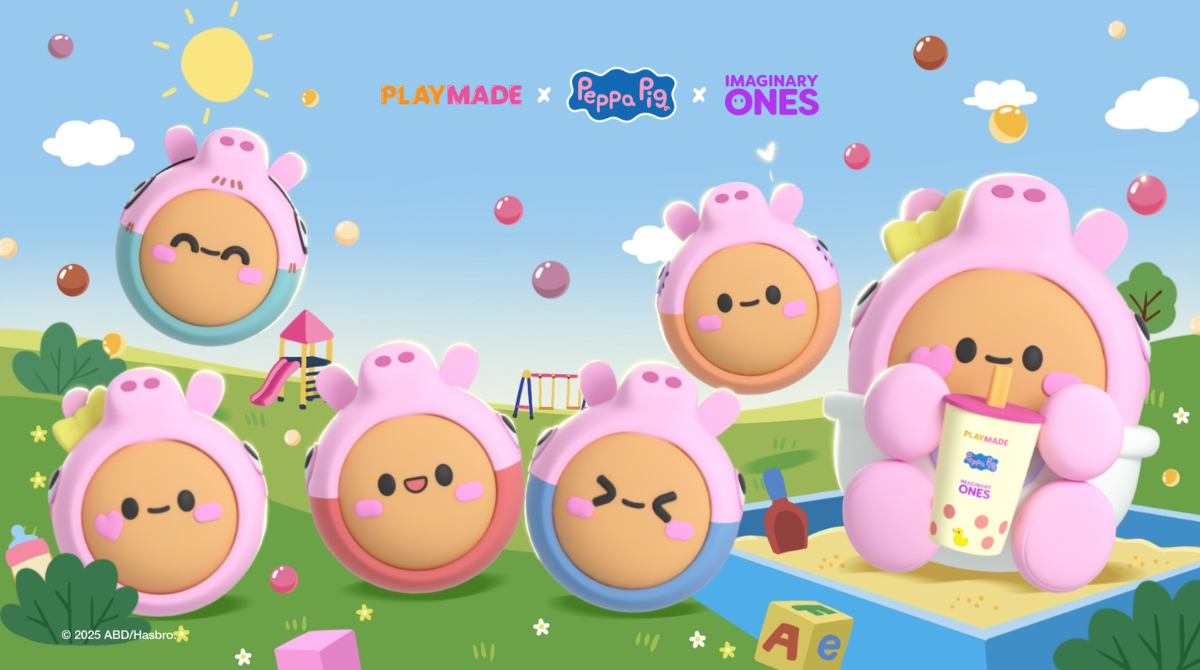

.png)
.png)
.png)